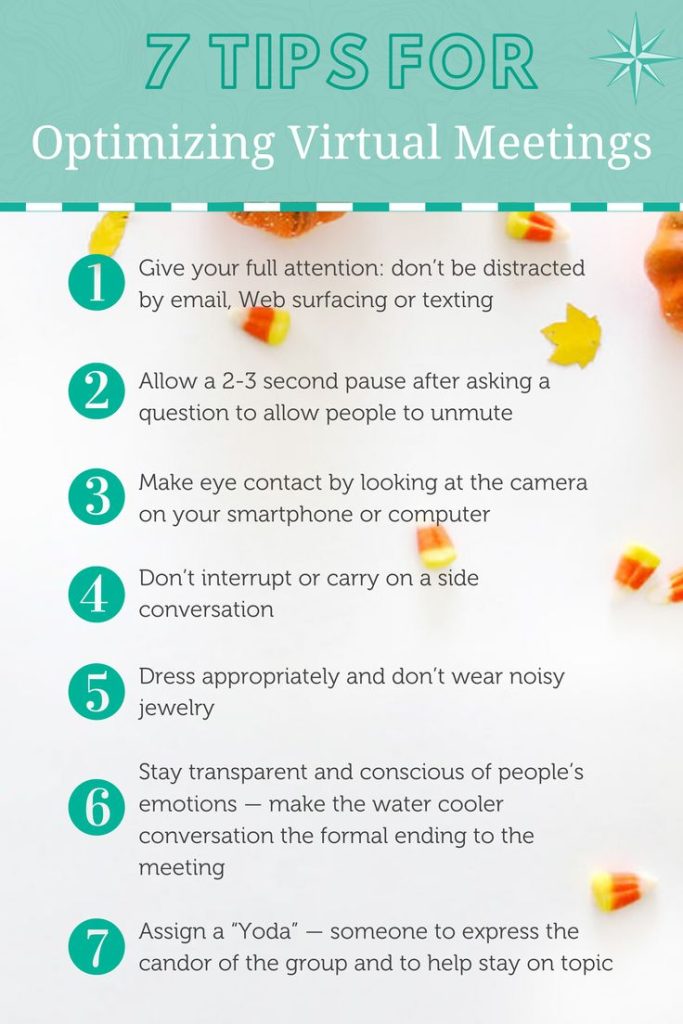
In today’s fast-paced business world, efficiency and accuracy in payroll management are crucial. Companies of all sizes seek solutions that not only streamline payroll processes but also incorporate advanced features like automated scheduling. Payroll software with automated scheduling is gaining popularity due to the multitude of benefits it offers to both employers and employees.
Payroll software with automated scheduling combines traditional payroll functions with dynamic scheduling capabilities. This integration allows for a more cohesive management system where employee hours, absences, and shifts are automatically factored into the payroll calculations, eliminating the need for manual input and reducing the potential for errors.
So, what exactly does this type of software offer? Let’s delve into some key features:
Automated Employee Scheduling: This feature allows managers to create schedules that align with projected business needs. The system can suggest optimal staffing levels based on historical data, and this can be directly linked to the payroll system.
Time & Attendance Tracking: The software automatically records clock-in and clock-out times, providing real-time data that feeds directly into the payroll system. This ensures employees are paid accurately for their work hours.
Leave Management: Automated tracking of vacation time, sick leave, and other forms of absence simplifies leave accounting and ensures that pay deductions or accruals are correctly applied.
Overtime Calculations: Calculating overtime can be complex, but with an integrated system, overtime rates are applied as per regulatory requirements or company policy, ensuring compliance with labor laws.
Compliance Updates: The ever-changing landscape of employment law can be challenging to keep up with. Payroll software with automated scheduling regularly updates compliance features so businesses can rest assured that they remain compliant with current regulations.
Self-Service Portals: Employees can manage their own schedules to some extent, request time off, swap shifts with colleagues, and access their payroll information without involving HR or management directly.
Reporting & Analytics: Managers can easily generate comprehensive reports on labor costs, staff attendance, and other metrics significant for informed decision-making.
Selecting the right payroll software with automated scheduling requires consideration of several factors such as business size, complexity of the scheduling needs, compliance requirements, integration capabilities with other systems like HR or ERP software, user-friendliness of the platform, and quality of customer support provided by the vendor.
Implementing such a system can lead ultimately to high levels of efficiency—a reduction in administrative workload allows HR personnel to focus on strategic tasks rather than routine ones. Simultaneously, workers appreciate timely and accurate paychecks along with a fair and transparent scheduling system.
In conclusion, by incorporating automated scheduling into payroll software systems, companies embrace a sophisticated approach to workforce management that fosters accuracy in payroll processing while enhancing overall productivity. As technology continues to evolve, it is likely that these systems will become increasingly intelligent—offering predictive analytics and other advanced features—to further assist businesses in managing their most valuable asset: their people.





